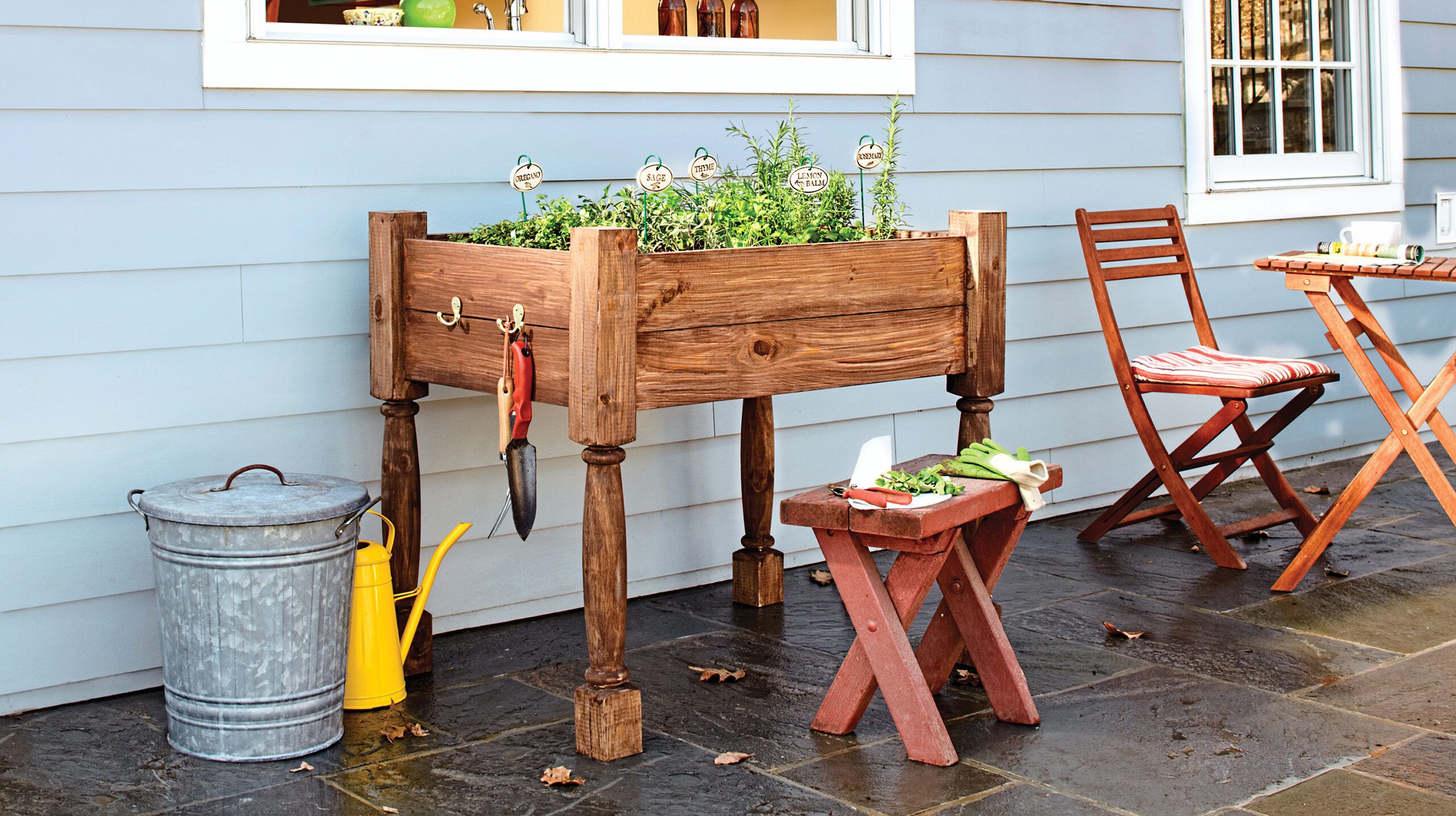Many homeowners like growing fresh herbs, but not everyone has the yard space for a traditional garden. So what’s an herb lover to do? This Old House general contractor Tom Silva has the perfect solution: Build an all-weather raised planter that lives on your porch or patio.
This project is ideal for those with basic carpentry skills and a few hours to spare. In this guide, we’ll walk you through the process of building a raised herb garden planter that’ll let you enjoy fresh herbs all season long.
Essential Materials and Tools for Your Planter
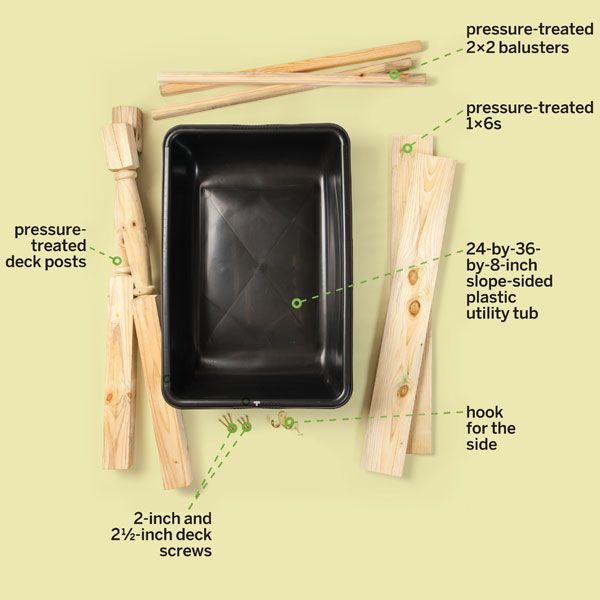
Gather all your materials and tools before starting construction.
Lumber and Hardware
For your raised herb bed, we recommend using naturally water-resistant woods, such as cedar. Here’s our cut list of required lumber:
- Four 3 1/4-inch-square corner posts, 36 inches long
- Four 1×6 boards for short sides, 22 1/2 inches long
- Four 1×6 boards for long sides, 34 inches long
- Two 1×6 floorboards (length will depend on your planter’s dimensions)
- Two 2×2 cleats for long sides, 31 1/4 inches long
- Four 2×2 pieces for long sides, 7 1/4 inches long
- Ten 2×2 pieces for short sides and corner blocks, 8 1/2 inches long
You’ll need 2-inch and 2 1/2-inch deck screws to assemble the planter. We also recommend adding hooks to keep essential gardening tools within easy reach.
Soil and Drainage Components
For proper drainage and healthy herb growth, you’ll need the following:
- A plastic utility tub to serve as a liner
- Clean gravel for drainage
- High-quality potting soil suitable for herbs
Necessary Tools
Also gather these tools:
- Drill/driver with bits
- Measuring tape
- Miter saw or circular saw
- Pencil
- Safety glasses and work gloves
Designing Your Raised Herb Garden Planter
Plan your design carefully before you start cutting lumber. This helps guarantee that your finished product meets your needs and fits well in your chosen location.
Determining the Ideal Size
The size of your planter will depend on the space you have available and the number of herbs you want to grow. The planter described in this guide takes up less than six square feet, making it suitable for most patios or small outdoor areas. Remember that herbs need soil that’s at least four or five inches deep for proper growth.
Choosing the Right Location
Select a spot that receives adequate sunlight for herb growth—at least four hours of direct sunlight daily, according to the National Gardening Association. Consider proximity to your kitchen for easy harvesting. Make sure the location can support the weight of the filled planter and allow for proper drainage.
Step-by-Step Construction Process
Now that you’ve gathered your materials and planned your design, it’s time to build your raised herb garden planter. Follow these steps carefully for the best results.
1. Cutting the Lumber to Size
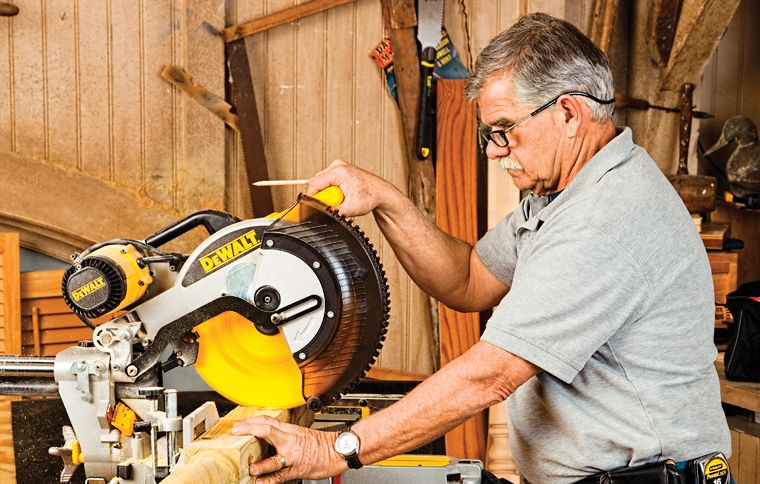
Start by cutting the corner posts to length. Silva cut the parts on a miter saw, but you can use a portable circular saw or even a handsaw instead. Trim sections off both ends of a deck post to the planter’s height, leaving one end’s square section long enough to attach the planter’s sides. Make your first cut so that the longer square section measures 14 1/2 inches, then mark 36 inches from that cut end and make the second cut. Use this first leg as a template to mark and cut the other three.
2. Assembling the Frame
Once you’ve cut your lumber, it’s time to assemble the frame.
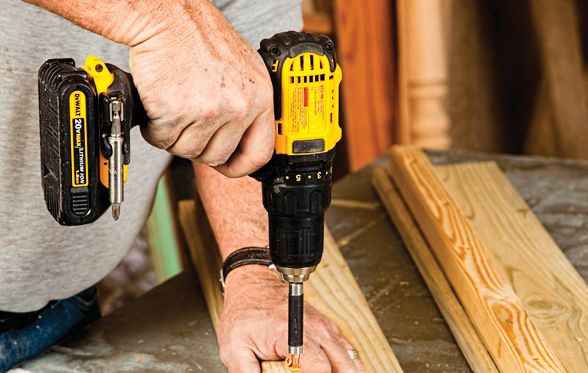
Begin by attaching the cleats to the long sides. Cut the 1×6 boards and 2×2 balusters according to the measurements provided in the materials list. Screw a 2×2 cleat to the inside surface of two of the longer 1×6 boards. Position each cleat a 1/2 inch from the board’s bottom edge and center it lengthwise. Drill 3/32-inch pilot holes through the cleats, then secure them with 2-inch deck screws.
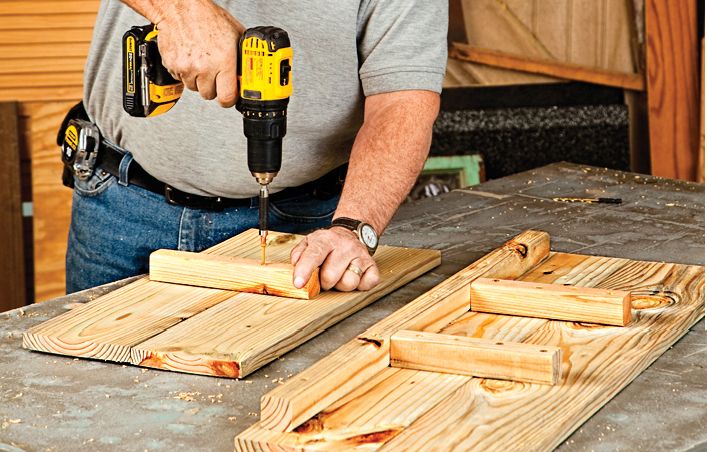
Build the sides of the planter. For each side, use two 1×6 boards butted edge to edge. Hold them together by fastening 2x2s across the joints with 2-inch deck screws as shown. For short sides, fasten a 2×2 in the center and 2 inches below the top edge to leave room for the liner’s lip. For long sides, use two evenly spaced 2x2s placed against the bottom board’s cleat.

Attach 2×2 corner blocks to each end of all four sides of the planter using 2-inch deck screws. Position the blocks 1/8 inch in from the ends and 1/2 inch up from the bottom edges of the sides. These corner blocks provide a solid surface for attaching the legs and help hold the sides together.
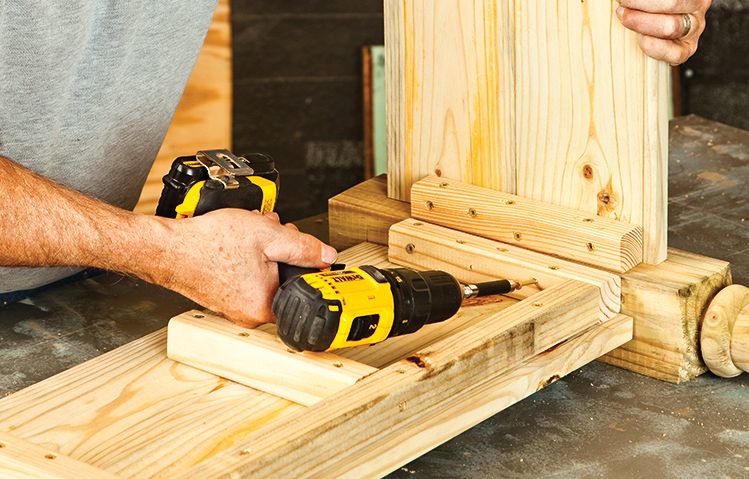
Assemble the planter by aligning one side’s corner block with the inside corner of one of the legs. Drill three evenly spaced 3/32-inch pilot holes through each corner block. Drive 2 1/2-inch screws through the corner block and into the leg. Repeat for the remaining sides and legs as shown.
3. Installing the Base and Drainage System
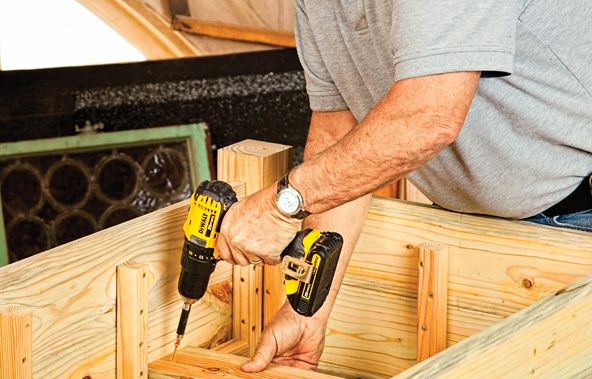
With the frame assembled, cut two 1×6 floorboards to span the planter’s width. Set the floorboards onto the cleats, spacing them evenly along the planter’s length. Fasten each end of both floorboards to the cleats with 2-inch deck screws, drilling pilot holes first to prevent splitting.
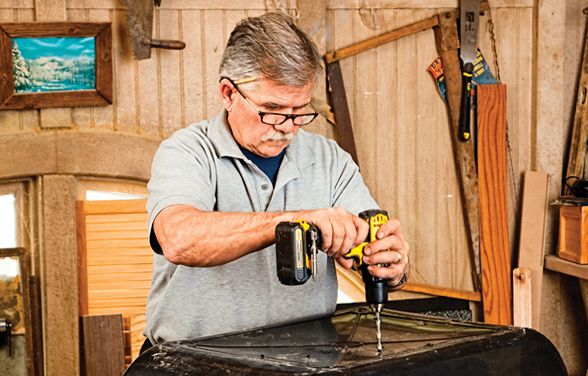
Next, prepare the plastic utility tub for use as a liner. Turn it upside down and use a drill to bore six or more evenly spaced 3/8-inch-diameter holes through the bottom. These holes allow excess water to drain from the soil.
4. Adding Finishing Touches
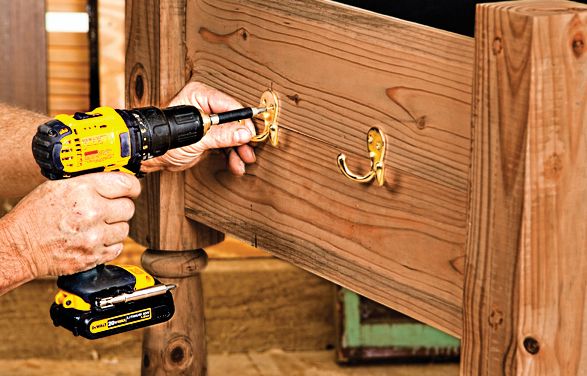
Now you can add additional features to make your planter more attractive and functional:
- Apply a coat of deck stain to the planter to protect the wood and enhance its appearance. Allow the stain to dry completely before proceeding.
- Screw hooks to each end of the planter for hanging gardening tools.
- Place the utility tub liner inside the planter. Add a layer of clean gravel to the bottom of the tub to further improve drainage.
Looking for more in gardening? Check out our in-depth guides on trees:
